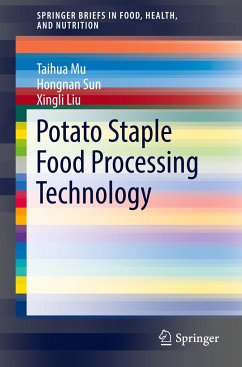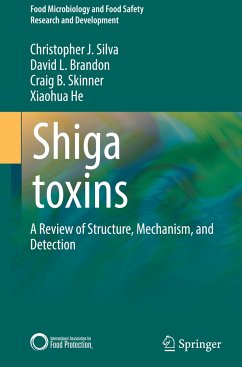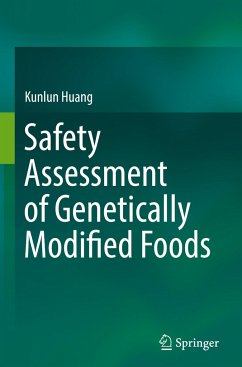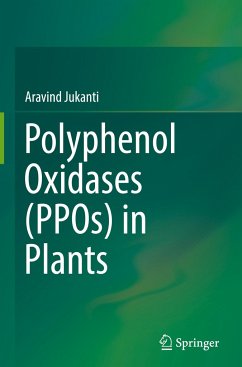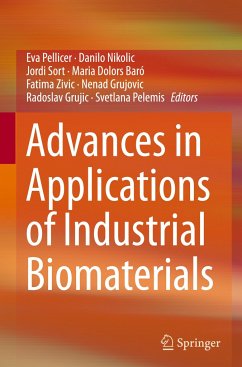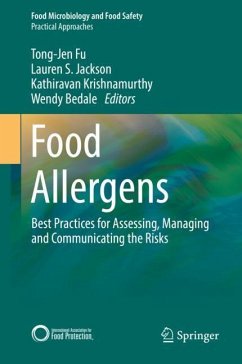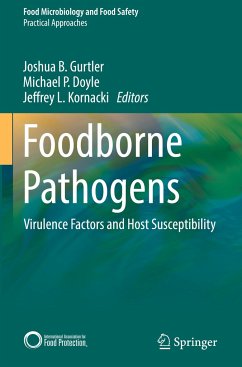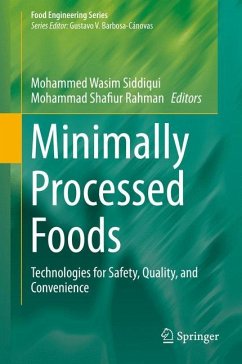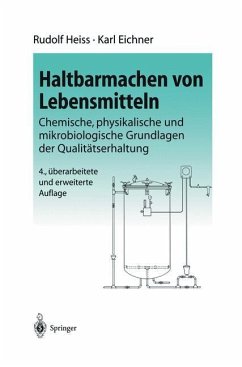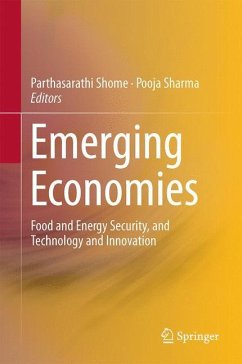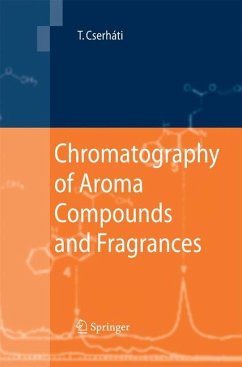
Chromatography of Aroma Compounds and Fragrances
Versandkostenfrei!
Versandfertig in 6-10 Tagen
151,99 €
inkl. MwSt.
Weitere Ausgaben:

PAYBACK Punkte
76 °P sammeln!
The quantity and composition of aroma and avour compounds in foods and food products exert a marked in uence on the consumer acceptance and, consequently, on the commercial value of the products. It has been established many times that one of the main properties employed for the evaluation of the product quality is the avour, that is, an adequate avour composition considerably enhances the m- ketability. Traditional analytical methods are generally unsuitable for the accurate determination of the quantity of this class of compounds. Moreover, they do not contain any useful information on the c...
The quantity and composition of aroma and avour compounds in foods and food products exert a marked in uence on the consumer acceptance and, consequently, on the commercial value of the products. It has been established many times that one of the main properties employed for the evaluation of the product quality is the avour, that is, an adequate avour composition considerably enhances the m- ketability. Traditional analytical methods are generally unsuitable for the accurate determination of the quantity of this class of compounds. Moreover, they do not contain any useful information on the concentration of the individual substances and they are not suitable for their identi cation. As the stability of the aroma compounds and fragrances against hydrolysis, oxidation and other environmental and tech- logical conditions shows marked differences, the exact determination of the avour composition of a food or food product may help for the prediction of the she- life of products and the assessment of the in uence of technological steps on the aroma compounds resulting in more consumer-friendly processing methods. Furthermore, the qualitative determination and identi cation of these substances may contribute to the establishment of the provenance of the product facilitating the authenticity test. Because of the considerable commercial importance of avour composition, much effort has been devoted to the development of methods suitable for the separation and quantitative determination of avour compounds and f- grancesinfoodsandinotherindustrialproducts.




